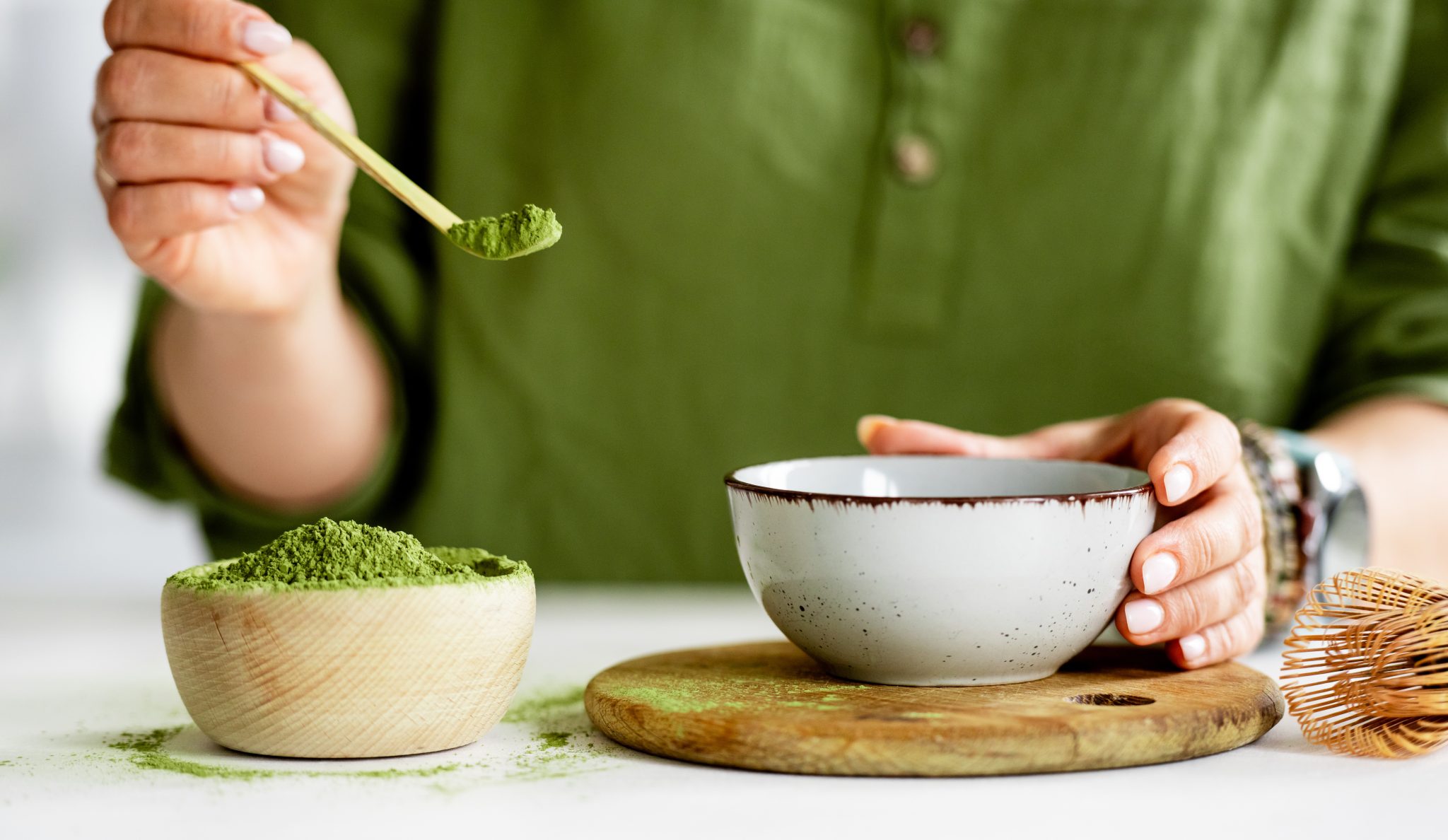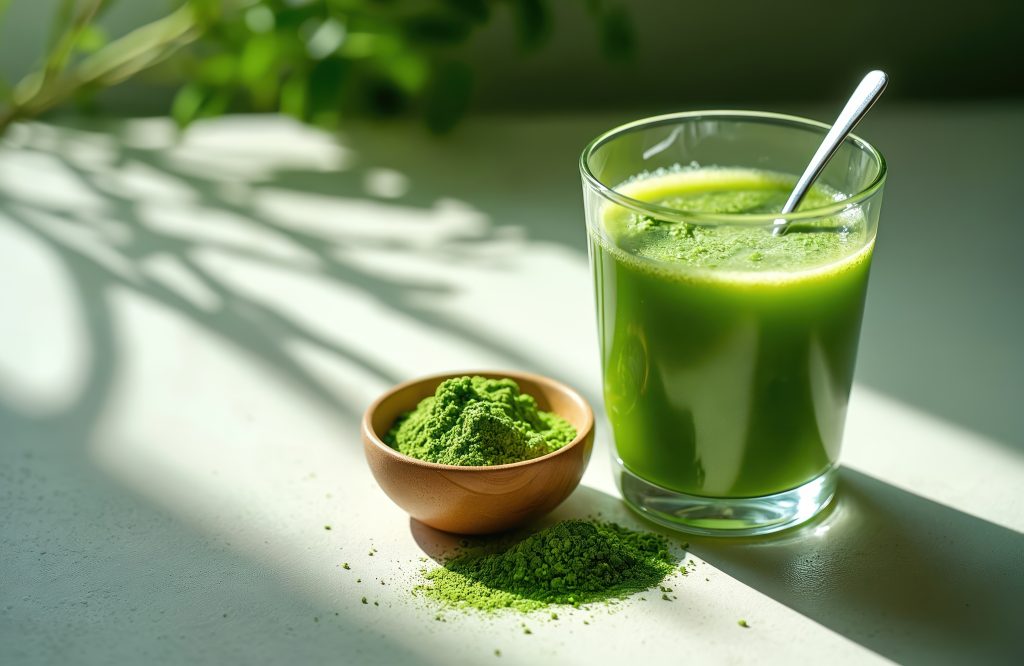Green superfood powders have gained a reputation for packing a variety of nutrient-rich ingredients into one convenient scoop. They’re designed to support energy, digestion, and overall wellness, making them appealing if you want to boost your daily nutrition without blending a dozen vegetables.
But with so many options on the market, figuring out which one actually fits your lifestyle and health goals can be tricky. That’s where a bit of research and a clear checklist can save you money, time, and disappointment.
Below are the most important factors to consider before buying your next green superfood powder.
Check the Ingredient List Carefully
A great green superfood powder starts with its ingredients. You’ll want to see a variety of nutrient-dense greens such as spinach, kale, spirulina, wheatgrass, and chlorella. These provide a broad spectrum of vitamins, minerals, and antioxidants. Look for natural, whole-food sources instead of synthetic fillers, as the latter can dilute the product’s effectiveness.
Pay close attention to the “other ingredients” section on the label. This is where manufacturers list additives like sweeteners, flavors, or preservatives. While some natural flavors and low-calorie sweeteners can be harmless, excessive sugar or artificial additives may work against your health goals. If you have dietary restrictions or allergies, this section can be even more important.
Reading the label ensures you’re getting what you’re paying for. Products that rely heavily on proprietary blends may not disclose exact ingredient amounts, making it harder to compare them. Whenever possible, choose a powder that’s transparent about both the sources and the quantities of its nutrients.
Compare Nutrient Profiles To Match Your Goals
Not every green superfood powder is formulated the same way, so it’s worth comparing their nutrient breakdowns. Some focus on high doses of leafy greens, while others blend in probiotics, digestive enzymes, or adaptogens. Your choice should align with what you want most, whether that’s immune support, better digestion, more energy, or all of the above.
For example, if you’re interested in exploring a well-rounded blend that includes greens, adaptogens, and digestive support, you might want to check out an independent review of AG1 greens. It can give you a clearer idea of how such a formula works in real life, which can help you decide if it’s the right match for your needs.
Also, be mindful of how each serving fits into your daily nutrient requirements. Over-supplementing certain vitamins and minerals, especially fat-soluble ones, can cause issues if you’re already getting enough from your diet. That’s why it helps to review your current eating habits before deciding which nutrient profile makes sense for you.

Evaluate the Taste and Texture Before Committing
A powder that tastes overly grassy, bitter, or chalky might discourage you from taking it consistently. Since consistency is key to getting results, flavor matters more than many people realize.
Look for products that balance the earthy notes of greens with subtle natural sweetness from ingredients like stevia, monk fruit, or dried fruit powders. Some powders blend better with cold water, while others taste great in smoothies, almond milk, or even juice. If possible, try a sample size before committing to a large tub, especially if you’re sensitive to flavors.
Texture is equally important. A fine, smooth powder will dissolve more easily, while a coarse blend may clump or leave residue at the bottom of your glass. Reviews from other buyers can give you a sense of both flavor and mixability, helping you avoid unpleasant surprises.
Check for Quality and Third-Party Testing
Since dietary supplements aren’t as tightly regulated as food, quality control matters. A reputable green superfood powder should be manufactured in a facility that follows Good Manufacturing Practices (GMP). Even better, look for third-party testing, which ensures the product contains what it claims without harmful contaminants like heavy metals, pesticides, or mold.
Third-party testing also verifies potency, meaning you’re actually getting the nutrient levels listed on the label. Certificates of Analysis (COAs) are often available on the brand’s website or upon request. This extra layer of assurance is worth the time it takes to check, especially if you’re investing in a premium product.
Consider Digestibility and Absorption
You should also consider how well your body can use the powder. Ingredients like probiotics and digestive enzymes can help your system break down and absorb nutrients more effectively. On the other hand, powders that include too many hard-to-digest raw greens without enzyme support might cause bloating or discomfort for some people.
If you’ve had issues with digestion in the past, consider starting with smaller servings and gradually increasing the amount. This allows your body to adjust and can help you gauge whether the powder is a good fit. Reading feedback from others with similar sensitivities can also be useful in narrowing down your choices.
Factor in Your Budget Without Compromising Quality
While it’s tempting to choose the cheapest option, low price often comes at the expense of ingredient quality and nutrient variety. That doesn’t mean you need the most expensive powder on the shelf, but it’s worth viewing your purchase as an investment in your health.
Think about how many servings you’re getting per container and the cost per serving. If the powder replaces other supplements or saves you time and money on produce, the higher upfront cost may be justified. On the other hand, if a product’s price seems too high without offering unique benefits, keep looking.
Read Reviews and Look for Consistency
User reviews can offer real-world insights into flavor, mixability, energy effects, and digestive comfort. While one or two negative reviews shouldn’t scare you away, look out for any patterns. If multiple people mention stomach discomfort or poor taste, it could be a sign to explore other options.
It’s also wise to check how long a product has been available. Formulas that have stayed consistent over several years may indicate customer satisfaction and stable ingredient sourcing. Just make sure reviews come from verified buyers rather than unverified testimonials that may be less reliable.
Test How It Fits Into Your Daily Routine
Consider how you’ll add your selected green superfood powder into your everyday life. If you’re always in a hurry in the mornings, you might lean towards a powder that mixes easily in cold water rather than one that requires a blender.
Storage matters too. Some powders need to be refrigerated after opening, while others stay shelf-stable. Consider whether you’ll be traveling or moving between work and home, as portability can affect whether you stick with it long-term.
The best product is the one that meets your nutritional needs and seamlessly fits your lifestyle. Even the highest-quality powder won’t help if it sits unopened in your pantry.
Key Takeaway
Choosing the right green superfood powder means balancing your health goals, taste preferences, and lifestyle habits. By looking closely at the ingredient list, nutrient profile, quality standards, and real-world usability, you’ll be able to make a confident choice. When the powder you choose fits naturally into your daily routine and aligns with your nutritional needs, it becomes a lasting part of your health strategy.





















